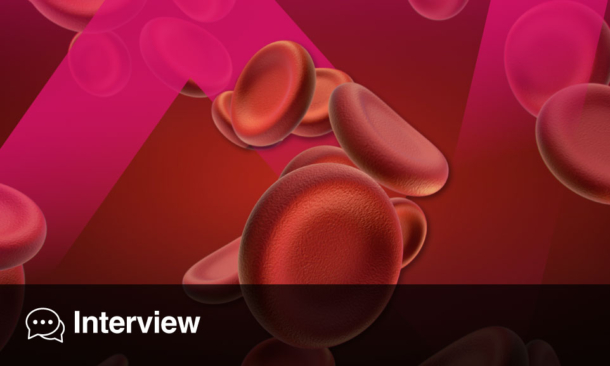A RECENT study examining the bleeding risks associated with direct oral anticoagulants (DOACs) in patients with venous thromboembolism (VTE) has revealed notable differences between the initial and extended treatment phases. The research, conducted using data from Swedish national registers, focused on cancer-free patients treated with DOACs between 2014 and 2020.
The study compared 36,115 VTE patients with 36,115 matched controls, assessing bleeding risks during the initial (0 to 6 months) and extended (6 months to 5 years) treatment phases. During the initial phase, 1.07% of VTE cases experienced major bleeding, compared to 0.29% of controls. This led to an incidence rate difference (IRD) of 2.19 per 100 person-years. The bleeding risk was notably higher in females, with an IRD of 2.69 compared to 1.73 in males. Additionally, the elderly showed the highest bleeding risk.
However, during the extended treatment phase, the bleeding risk decreased significantly, with no significant difference between sexes or age groups. In this phase, males had an IRD of 0.60, while females had an IRD of 0.81, indicating a much lower and more stable risk.
The findings suggest that while anticoagulant treatment presents a higher risk of bleeding during the initial phase, especially for females and older patients, this risk is markedly reduced in the extended treatment phase and does not vary by sex or age.
Helena Bradbury, EMJ
Reference
Sandblad KG et al. Excess risk of bleeding in patients with venous thromboembolism on direct oral anticoagulants during initial and extended treatment versus population controls. J Intern Med. 2025; doi:10.1111/joim.20067.







